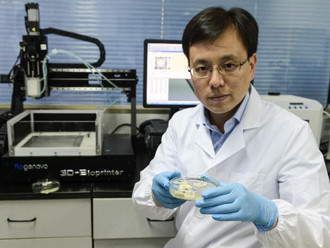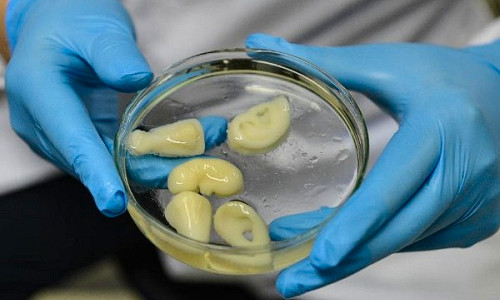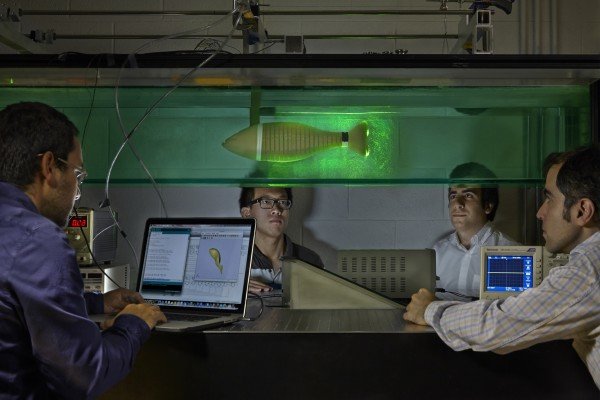Two years ago, Anthony Atala took to the stage at TED and showed the world that human organs could be 3D printed. Now, a team from eastern China has successfully printed a series of living kidneys. This is a huge step forward in the quest for 3D printed replacement organs.
While Atala’s original 3D printed kidneys were made with a bio-ink that perfectly replicated kidney tissue. The problem was that these tissues were not vital (living). Without the ability to create living organs, 3D printed transplants would remain impossible. That’s why this new breakthrough is so important.
The research team in Hangzhou in China’s eastern Zhejiang province has taken a big step toward fulfilling the dream of producing body parts that can be transplanted without fear of rejection.
Xu Ming-En and his team have created a bioprinter — which they call Renovo — that deposits layers of hydrogel to create scaffolds embedded with living cells. The printer uses a two-nozzle system to allow materials to be injected at both high and low temperatures to minimize damage to the cells.
Xu’s team has used the printer to produce tissue shaped like ears in about 50 minutes apiece. To become biologically viable the ear-shaped tissue would then have to be cured in an agent to cross-link the tissue.
Renovo has even been used the print something as complex as a hepatic lobule, a tiny functional unit of several different types of tissue that makes up the organ.
“The process takes around forty minutes to an hour,” said Xu.
Since there are few opportunities to transplant printed body parts yet, Xu plans to focus Renovo on more generic tissue like muscle fiber and blood vessels and progress to building functional ears and noses stiffened by real cartilege tissue. Ultimately he would like to print complete organs like livers and kidneys. By using the patient’s own cells the printed organs could dispense with the problem of rejection which greatly complicates transplant procedures.
Xu is a researcher at the Hangzhou Dianzi University. The team has recently become the first to patent a biological 3D printer in China.
Story Source:
The above story is based on materials provided by dvice.






